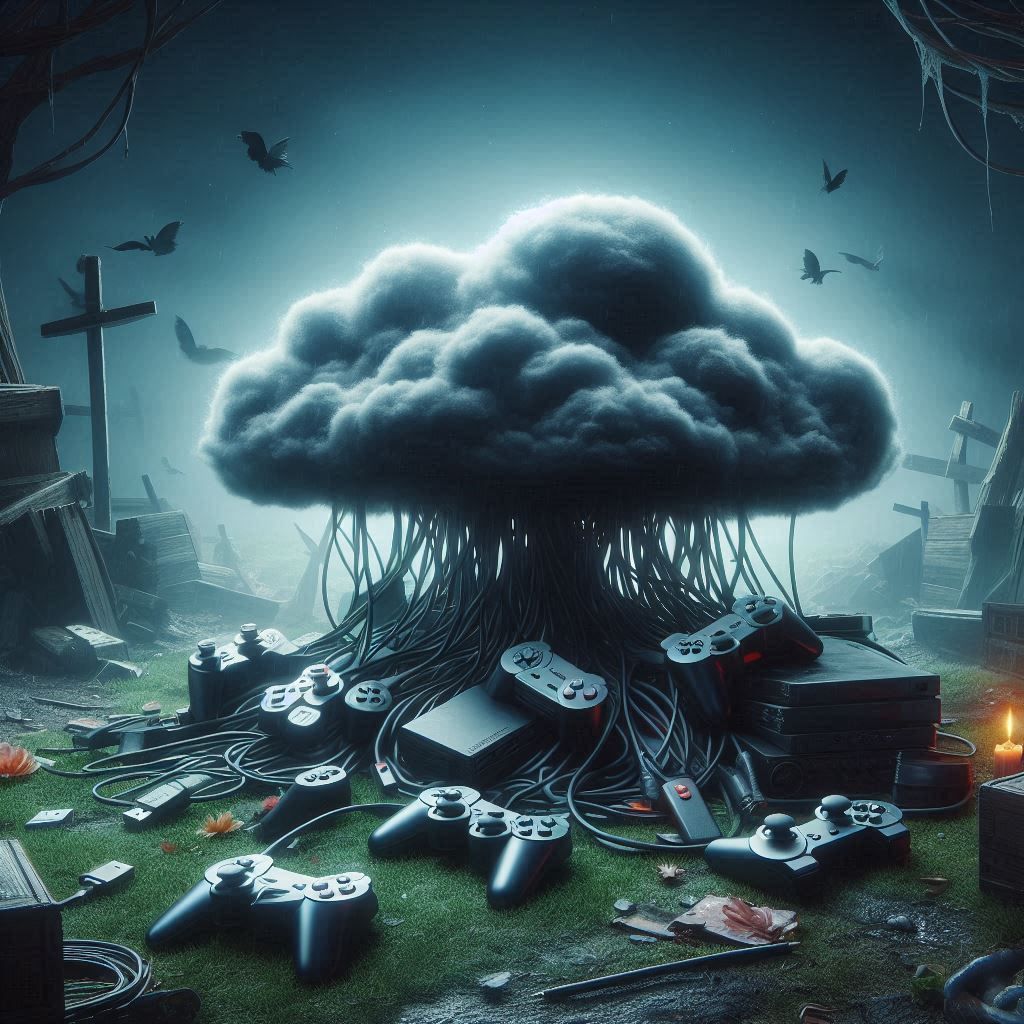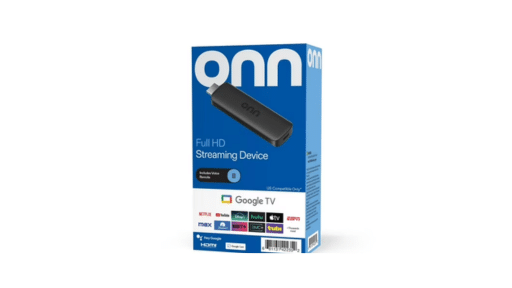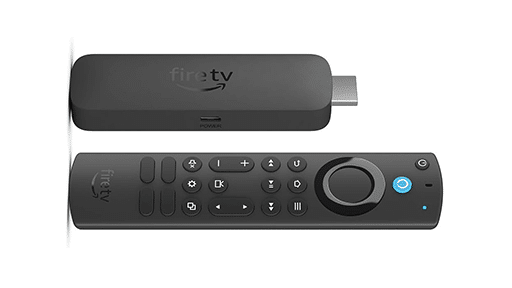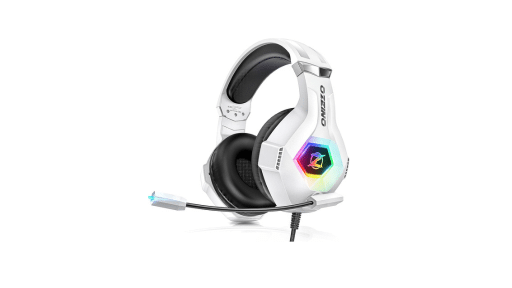
Cloud gaming was (and still is) supposed to be the next big thing. But, it hasn’t exactly taken off like a rocket. It’s been more of a slow burn. It’s a little like being promised a gourmet meal and getting served a lukewarm Hot Pocket.
It turns out running a successful cloud gaming service that addresses the various technical hurdles (delivering high quality streams with minimized latency) and actually makes money is a real challenge. There are lots of costs associated with running a cloud gaming service: server acquisition, power, bandwidth, maintenance and upgrades; game licensing, porting, testing; advertising/marketing; app-development and maintenance.
It’s, therefore, not a surprise that no small number of the services that have tried to make it in this landscape have fallen by the wayside.
So, strap in, kids – we’re about to take a wild ride through the digital graveyard of cloud gaming services, where ambition goes to die and investors’ money vanishes faster than your parents’ when you ask for college tuition.
OnLive

- Years in Service: 2010-2012
Picture this: it’s 2010, and OnLive bursts onto the scene like a caffeinated squirrel, promising to revolutionize gaming. “No more bulky consoles!” they chirped. “Play Crysis on your microwave!” they hollered.
Despite being ahead of its time, OnLive proved that cloud gaming could work! Well… if the conditions were right. One of the main criticisms was that the visual quality and latency depended a lot on end-user internet conditions. This is both a reality and perception that still plagues cloud gaming to this day. But, thankfully, internet infrastructure has improved greatly around the world since 2010.
OnLive was, therefore, like that friend who peaked in high school – full of promise, but ultimately disappointing. The service was active in the United States and UK for just 3 years. The company laid off all staff in 2012 and went dark for a couple years.
In 2015, Sony bought OnLive, and began using the technology in its own PlayStation Now cloud gaming offering.
Gaikai: The Golden Goose
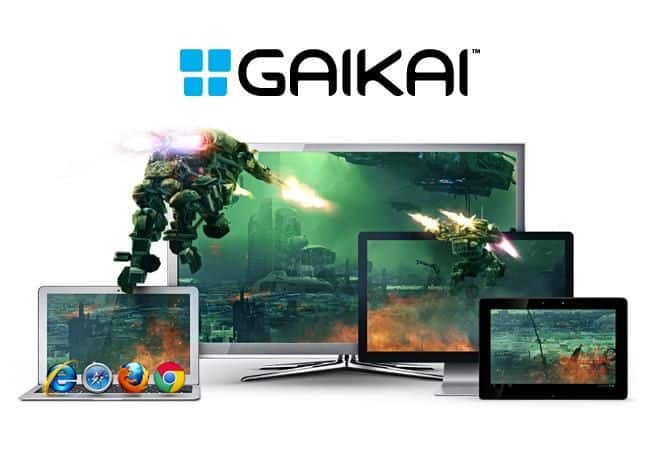
- Years in Service: 2011-2014
Gaikai, founded in 2008, was the hipster of cloud gaming. They were into the tech before it was cool, probably while sipping artisanal, fair-trade cloud juice. They offered a couple different business models. One was called the “Ad Network”, which put streamable games into web ads that customers could then choose to purchase. This is a bit like the white-label offerings that Google Stadia dabbled in as well as the game demos Stadia provided.
Sony eventually threw $380 million at the Gaikai in 2012 to acquire the company. Eventually, GaiKai’s technology was integrated into PlayStation Now (along with OnLive tech) when the service was announced in 2014.
Gaikai’s story is like that indie band that gets big and then “sells out,” except in this case, “selling out” meant disappearing entirely.
GameFly Streaming
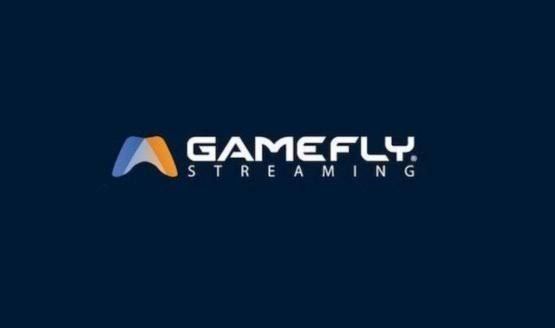
- Years in Service: 2015-2018
Remember GameFly? The Netflix of video games before streaming was a thing? Well, they decided to jump on the cloud gaming bandwagon in 2015.
GameFly Streaming lasted about as long as most people’s commitment to their New Year’s gym membership. By 2018, they’d thrown in the towel and sold their tech to EA. They continue on as a game and movie rental service.
GameString

- Years in Service: 2011-2012
Poor GameString. They tried to do what OnLive and Gaikai were doing, but with even less success. They launched in 2011 with a promising partnership with the Unity game engine to host Unity games in the cloud. They quickly pivoted to a host your own cloud service – think Parsec and Moonlight – and then the domain was taken over by what can only be described as … questionable content. You can check it out on archive.org to see what me mean.
Vortex

- Years in Service: 2017-2021
Launched in 2017 and flatlined by 2021, Vortex was the brainchild of RemoteMyApp, a Polish company led by CEO Andrzej Wronowski. Spoiler alert: it remote-ed itself right out of existence. Vortex had millions of downloads on the Google Play store and was available in many countries world-wide, but, ultimately, its tech struggled to keep up with the bigger players.
Intel eventually purchased RemoteMyApp (presumably for other purposes) and shut down the game streaming service part of the company.
We never heard much uproar when the service shutdown; so, it is fair to say it wasn’t a major player in North America and Europe at least.
Xeroz
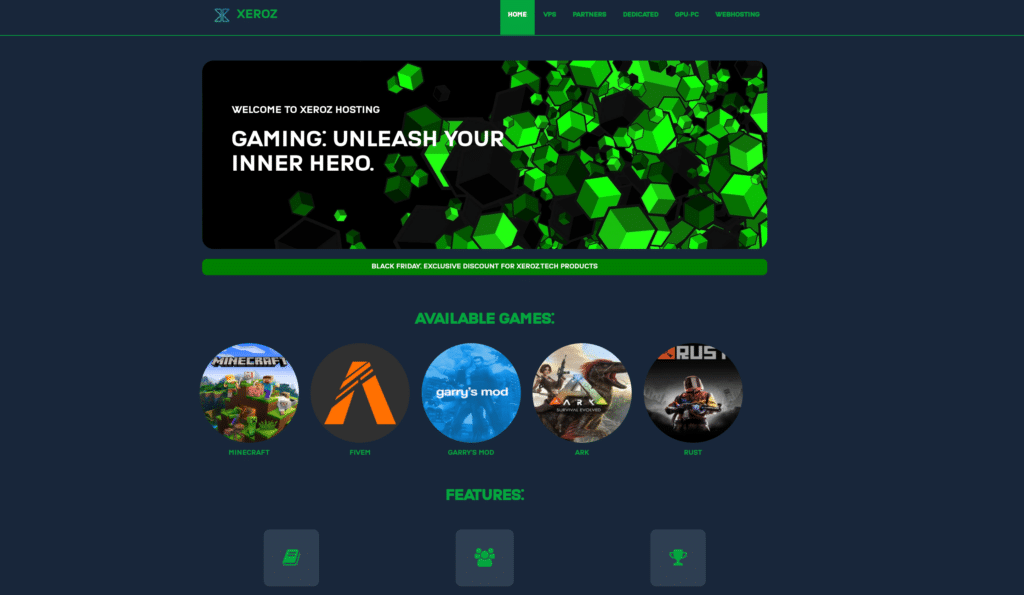
- Years in Service: 2023-2024
All in all, Xeroz was about as memorable as beige wallpaper in an empty room. User feedback was harder to find than a needle in a haystack, and not a peep was heard when the service disappeared.
Xeroz snuck onto the scene in 2023 but vanished without a trace by mid 2024. It was announced on Reddit’s r/cloudygamer forum and briefly lived at the domain xeroz.tech – now only visible via archive.org. They had 2 services: an RTX 2060 tier with an Intel i9 CPU and a RTX 4080/4090 tier with an AMD Ryzen 9 with servers in The Netherlands and Singapore.
The Gaming Project

- Years in Service: 2019-2023
The Gaming Project was India’s first forey into cloud gaming. It was the brainchild of Rishabh Lawania and Siddharth Puri. Ultimately, it proved to be more “project” than “gaming.”
It is with a heavy heart we inform you that The Gaming Project will temporarily cease its operations from 12th of September 2023. Due to unforeseen circumstances, for now, we are not able to provide our services.
We are trying our best to get back on our feet but we can’t thank you enough for your support and loyalty over the years and thank you for being an integral part of our journey.
Unfortunately, it does not look like imminent resurgence is in the cards.
Nware: No-where Fast
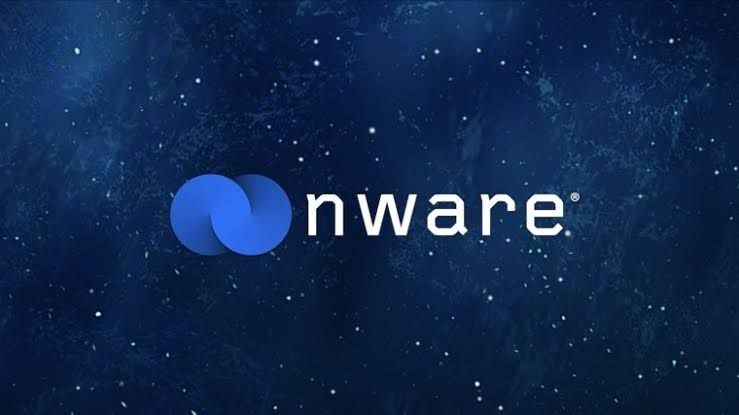
Years in Service: 2020-2023
Nware burst onto the scene in 2020 and fizzled out faster than a firecracker in a rainstorm by 2023. Led by CEO Daniel Olmedo, Nware tried to carve out a niche in the cutthroat world of cloud gaming.
Nware reached peak interest when it was listed among the services that received a deal from Microsoft for cloud access to the Activision-Blizzard game catalog.
But, shortly after, they put out an announcement of their “next steps“, which sure sounded a lot like a permanent shutdown of the service.
It had mixed reviews from users: one Reddit sage noted, “Nware is fine for ‘simple’ games,” and another user complained, “The service breaks quite often,” which in cloud gaming terms is like saying your parachute only fails occasionally. Totally fine, right?
In the end, this platform joined our cloud gaming graveyard, teaching us valuable lessons about the industry. Lessons like: having a good idea isn’t enough to create a lasting service that is heavily used and brings in income.
Google Stadia: The Icarus of Cloud Gaming
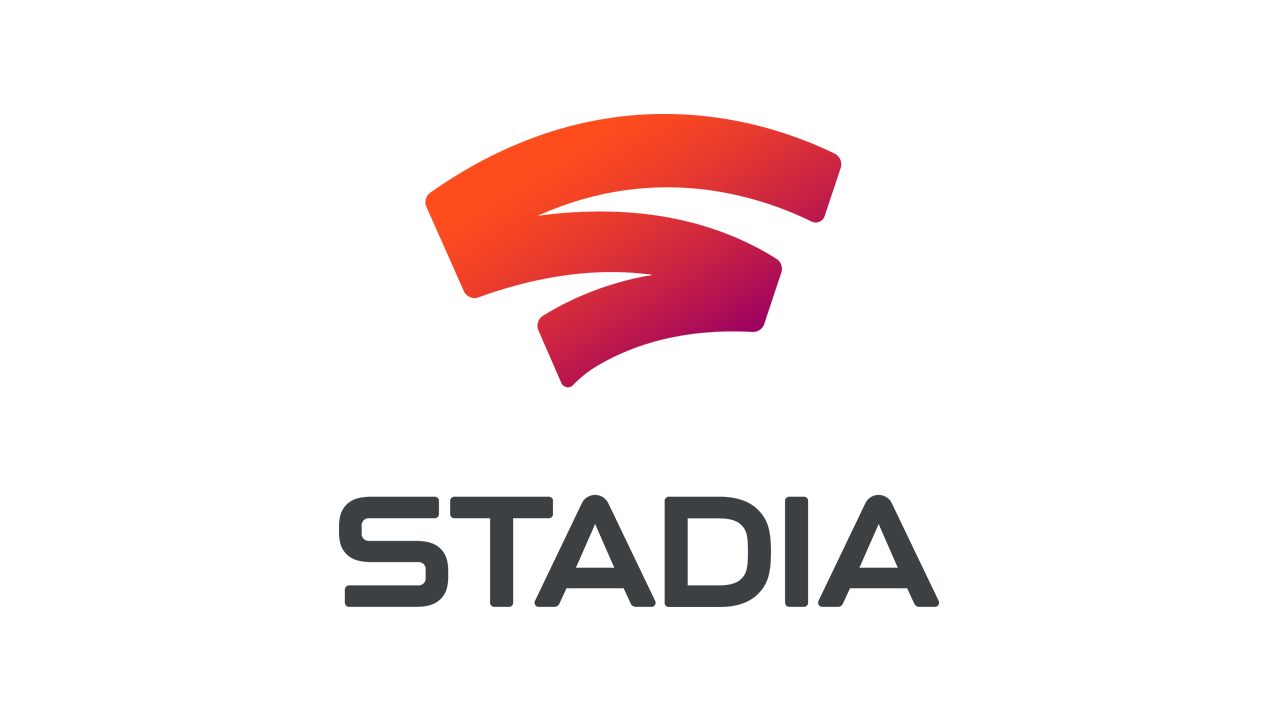
- Years in Service: 2019-2023
Ah, Google Stadia… The cloud gaming platform that flew too close to the sun.
Launched in 2019 with all the subtlety of a rhinoceros in a china shop, Google proclaimed Stadia would revolutionize gaming. “The future of gaming is not a box,” they declared. Turns out, the future of gaming wasn’t Stadia, either.
What went wrong? Well, where do we start? The technology certainly shined and was much loved by many of us here on staff. But a mix of bad press, gaming-community push-back and lack of marketing and commitment from Google higher-ups ultimately doomed the service.
Google’s own tendency to kill projects and the lack of trust built up self-prophesied the doom of its ambitious gaming service. By January 2023, Google pulled the plug on what became just “another failed Google project.”
Stadia, however, remains the gold standard in Cloud Gaming user-experience (UX). It also introduced many current cloud-gaming enthusiasts (us included!) to the technology.
Other Dead Cloud Gaming Services
User u/matbonucci on Reddit contributed the following other cloud gaming services from around the world that are no more:
- shrine.app
- plutosphere
- oase.cloud
- brightcloudgames
- vectordash
- bifrost
- Gloud Games
- jam.gg
- spectrego
- xenonpc
- liquidsky (walmart)
- pvlsar
The Survivors: Carrying the Cloud Gaming Torch

Despite all the doom and gloom, many cloud gaming services are still kicking and pushing the technology forward. Xbox Cloud Gaming, NVIDIA GeForce NOW, Boosteroid, Antstream Arcade and Amazon Luna appear to have hit their stride and are continuing to grow year over year. Sony Playstation has evolved their early PlayStation Now cloud gaming service into a more robust offering as part of PlayStation Plus Premium with features continuing to evolve.
Shadow PC, airgpu, Cloud Deck and others are also now offering cloud PC like solutions that support not just cloud gaming but an entire cloud-hosted Windows desktop.
And, we still have a fair share of smaller upstart cloud gaming offerings from the likes of Blacknut and about a dozen others.
The Future Forecast: Cloudy with a Chance of Gaming
Despite its rocky start, cloud gaming isn’t dead. It’s more like that movie franchise that keeps getting rebooted – each time a little better, a little shinier. Each new iteration learns from the past and picks up a new fan-base.
Cloud Gaming is here to stay and will likely become one of the dominant ways people play in the future. It won’t replace local gaming, but it will help turn more people into gamers.
In the world of cloud gaming, every silver lining has a cloud. Or is it the other way around?
As always, remember to follow us on our social media platforms (e.g., Threads, X (Twitter), Bluesky, YouTube, and Facebook) to stay up-to-date with the latest news. This website contains affiliate links. We may receive a commission when you click on these links and make a purchase, at no extra cost to you. We are an independent site, and the opinions expressed here are our own.
